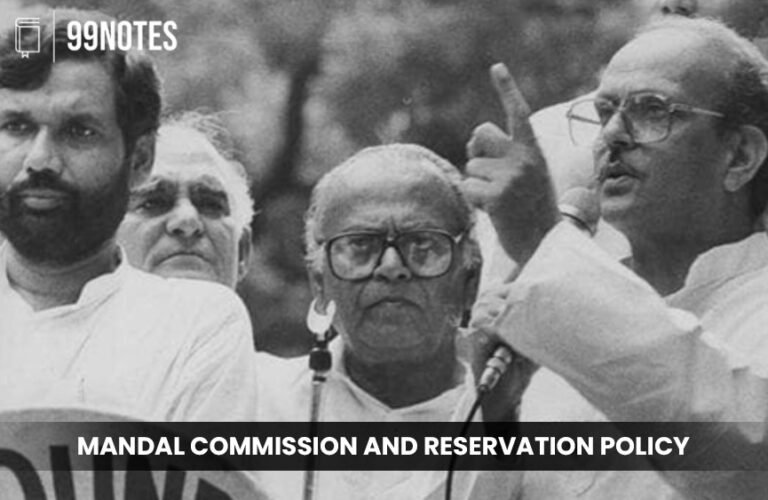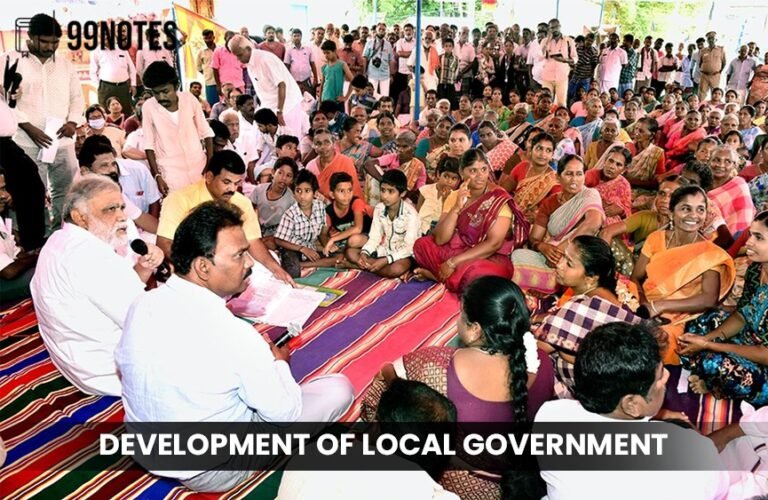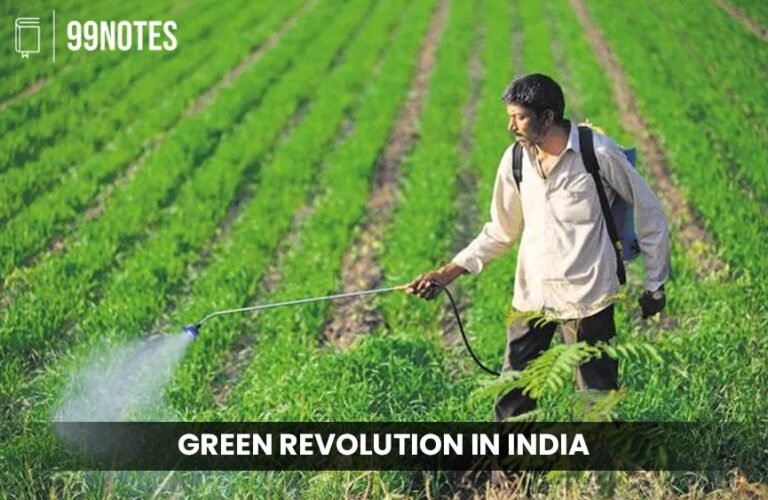MANDAL COMMISSION AND RESERVATION POLICY
It provides quotas in education, employment, and political representation for Scheduled Castes (SCs), Scheduled Tribes (STs), and Other Backward Classes (OBCs) to ensure equal opportunities and social justice. The policy reflects India’s constitutional commitment to equality and upliftment, as outlined in Articles 15(4), 16(4), and 334 of the Constitution. The roots of the reservation policy…





